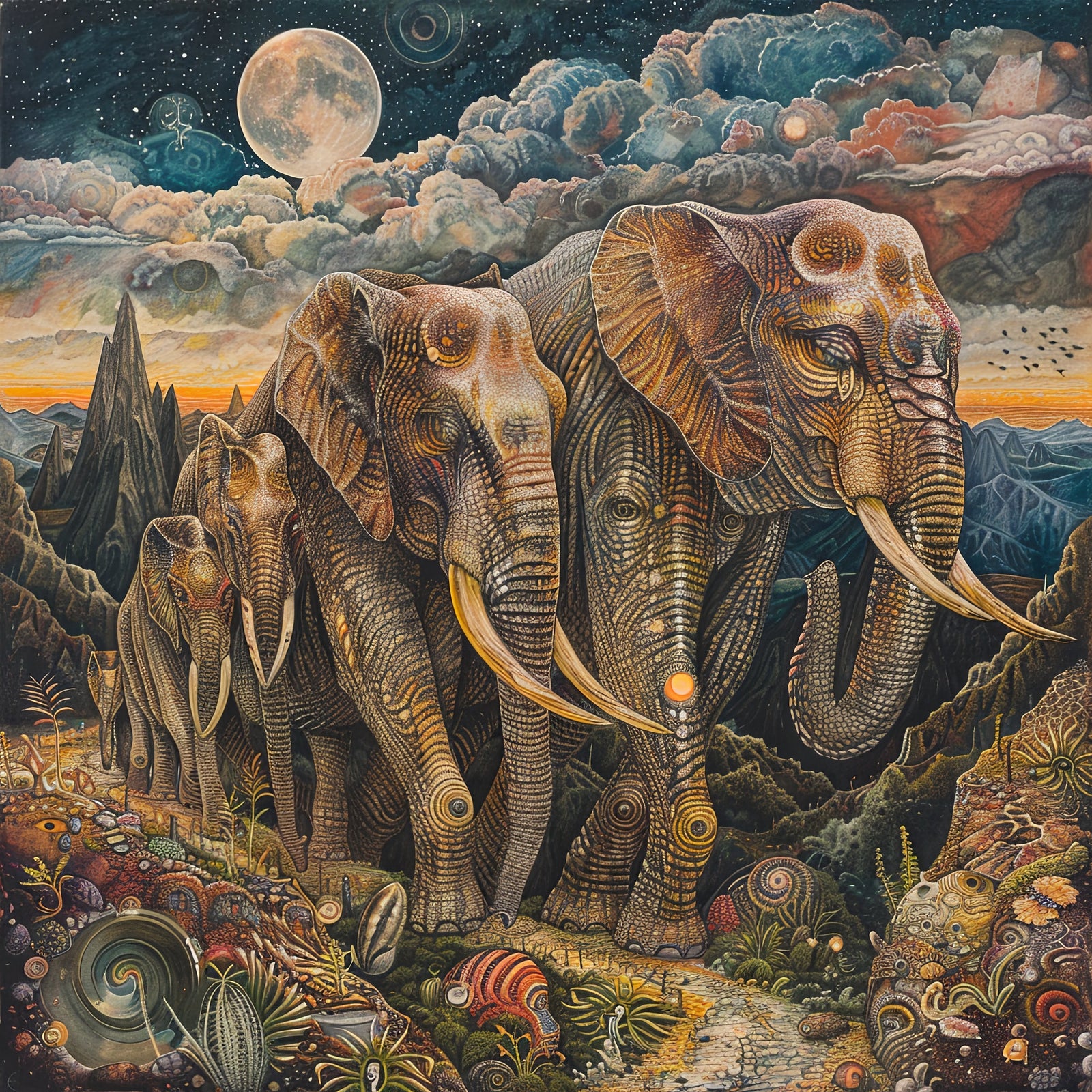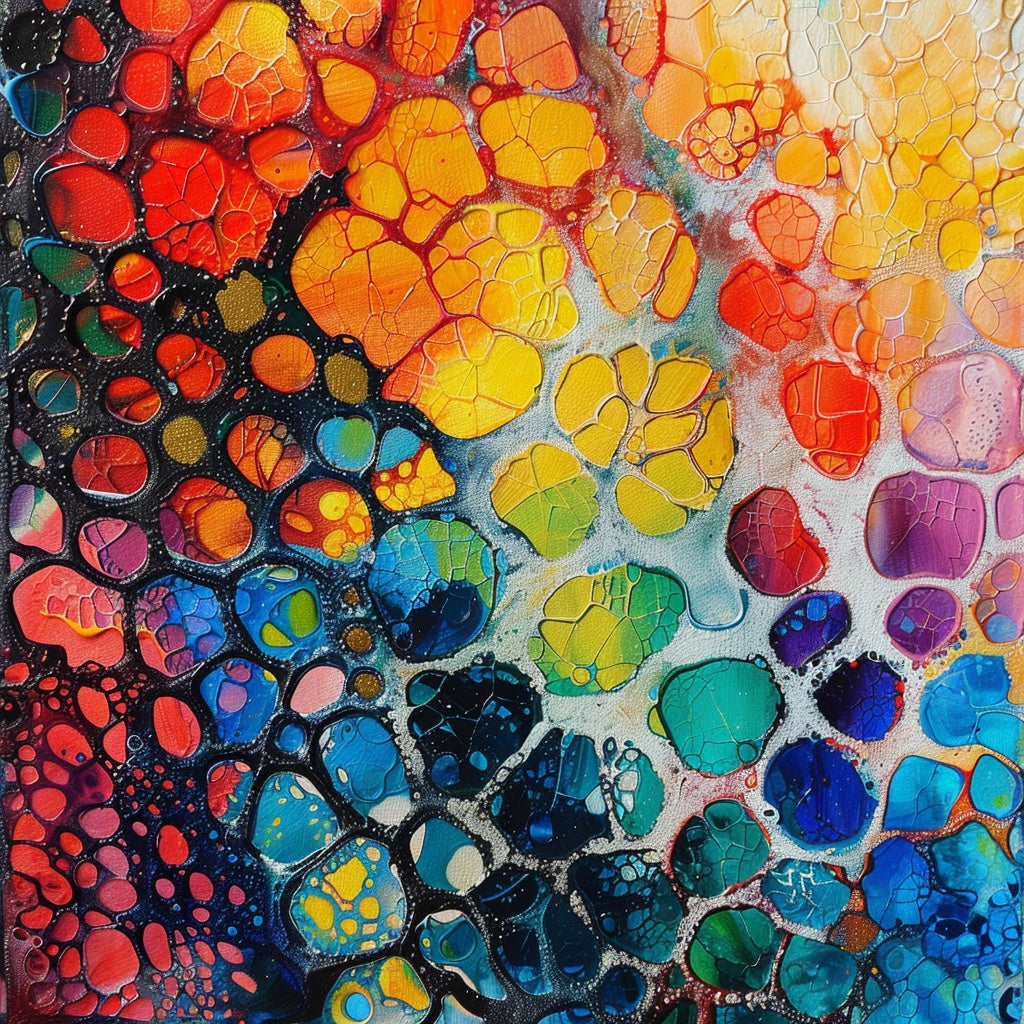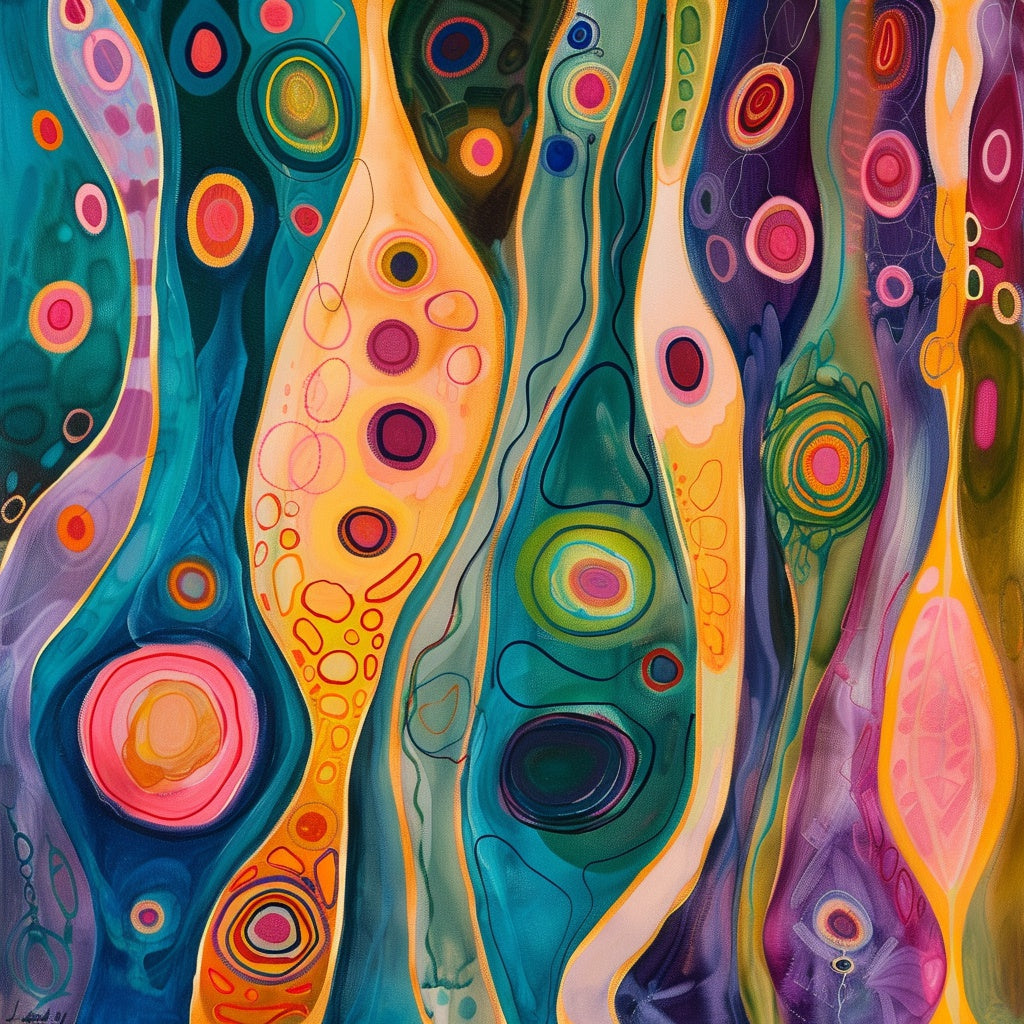The Curious Case of AI's Hand-y Problem: Why AI Art Struggles with Hands
AI art generators have revolutionized the creative landscape, capable of producing stunning visuals from simple text prompts. Yet, these digital artists often stumble when depicting hands, resulting in extra fingers, oddly contorted digits, or melted wax-like appendages. This blog post explores the reasons behind this peculiar challenge, examining the complexity of the human hand, the limitations of AI learning, and the implications of this "hand-y" problem.
Table of Contents
- Introduction
- The Complexity of the Human Hand
- Data Bias and Scarcity
- AI's Learning Process and Limitations
- Comparing Human Hands and AI Image Processing
- Implications of AI's Hand-y Problem
- Advancements and Future Directions
- Conclusion
Introduction
AI art generators have made remarkable progress, yet they often struggle with depicting hands [1]. This "hand-y" problem, as it is often called, manifests in various ways, such as extra fingers, oddly intertwined digits, or hands that resemble melted wax [1]. This raises the question: why do AI models, capable of creating photorealistic faces and intricate scenes, have hand difficulty?
The Complexity of the Human Hand
One of the main reasons AI struggles with hands is its inherent complexity [2]. Unlike the relatively consistent structure of a face, hands are incredibly versatile and expressive [2]. Each hand comprises 27 bones, numerous joints, muscles, and tendons, allowing for various poses and angles [2-4]. This variability makes it difficult for AI algorithms to generalize from a limited dataset and produce accurate representations across different scenarios [2].
Humans have an innate understanding of hand anatomy and movement, allowing us to instantly recognize subtle nuances in hand gestures and positions [2]. We are highly sensitive to any inaccuracies in their depiction [2]. Even minor deviations from natural anatomy can create a sense that something is "off," similar to the "Thatcher effect" observed with faces [2]. The Thatcher effect demonstrates that our brains process faces holistically, and inverting a face disrupts this process, making it harder to notice discrepancies [5]. Similarly, our perception of hands seems to involve a holistic understanding of their structure and function, making us acutely aware of any anatomical inconsistencies [5].
Data Bias and Scarcity
Training Data Limitations
The training data used to train AI models significantly affects their ability to depict hands [6]. The AI will struggle to generate realistic and varied representations if the dataset lacks diversity in hand poses, sizes, and angles [6]. This can lead to biases in the generated images, where certain hand shapes or skin tones are overrepresented while others are underrepresented [6]. For example, if an AI model is primarily trained on images of hands with lighter skin tones, it may have difficulty accurately depicting hands with darker skin tones [6].
Data Scarcity
Hands are often less prominent in images than faces, which may be partially hidden, blurred, or in the background [7]. This makes it harder for AI models to extract clear and detailed information about their structure [7]. This data scarcity further hinders the AI's ability to learn and accurately depict hands [7].
AI's Learning Process and Limitations
How AI Learns
AI art generators typically use deep learning models, which learn by analyzing massive datasets of images and identifying patterns [8, 9]. This training process involves several key stages [8]:
- Data Gathering: Compiling a large dataset of images and their corresponding text descriptions, often scraped from public sources [3, 8].
- Model Evaluation: Testing different neural network architectures to find the optimal design for image generation, tuning parameters to achieve the best performance [3, 8].
- Model Training: Training the chosen model on the dataset, iteratively improving its ability to transform text prompts into corresponding images [3, 8].
Limitations of Current Models
One key technology used is convolutional neural networks (ConvNets) [10]. ConvNets excel at identifying objects and patterns in visual data, recognizing features like edges, textures, and shapes [10]. However, unlike the human eye connected to a brain that understands the three-dimensional world, ConvNets primarily analyzes images in a two-dimensional plane [10]. Traditional AI art models often lack a true understanding of three-dimensional structures, working with 2D images, which makes it difficult to grasp the spatial relationships and movements of hands [10]. As a result, AI-generated hands may appear distorted when depicted from different angles [10].
AI models rely on pattern recognition rather than anatomical knowledge [9]. While they can identify common features of hands, they don't inherently understand the underlying structure and constraints of hand anatomy [9]. This can lead to errors like extra fingers, missing joints, or impossible bending [9, 11]. This reveals a fundamental difference between how humans and AI perceive the world [9]. Humans possess an innate understanding of hand anatomy and function, while AI relies on pattern recognition [9].
Comparing Human Hands and AI Image Processing
The human hand is a marvel of biological engineering with 27 bones, 27 joints, 34 muscles, and over 100 ligaments and tendons [3, 4]. This intricate structure allows for a remarkable range of motion and dexterity [3, 4]. AI models process images by breaking them down into pixels and analyzing patterns in those pixels [3, 12]. They don't have an inherent understanding of the underlying anatomical structure [3, 12]. This difference in processing may contribute to the difficulty AI faces in accurately depicting hands [3, 12].
Implications of AI's Hand-y Problem
The difficulty AI has with hands has several implications, particularly in the realm of deepfakes and the uncanny valley effect [13]. Deepfakes are synthetic media where a person in an existing image or video is replaced with someone else's likeness [13]. As AI-generated images become more realistic, the ability to create convincing deepfakes increases [13]. However, the telltale signs of AI-generated hands can often expose a deepfake [5, 13]. The uncanny valley effect refers to the unsettling feeling humans experience when encountering something that looks almost human but not quite [1, 14]. AI-generated images with distorted hands can fall into this uncanny valley, eliciting a sense of unease [1, 14].
Advancements and Future Directions
Despite the challenges, there have been notable advancements in AI art generation [14]. Newer models, like Midjourney Version 5, significantly improve hand depiction [14, 15]. This improvement is likely due to a combination of factors, including better training data, refined algorithms, and a deeper understanding of hand anatomy [14, 15].
One key technique driving these advancements is diffusion models, which generate images by iteratively refining random noise, gradually adding details and structure [3, 16]. This approach has proven effective in generating realistic images, including hands [3, 16]. Another important technique is Generative Adversarial Networks (GANs), which consist of a generator that creates images and a discriminator that evaluates them, leading to more realistic images [16, 17].
Future improvements may come from incorporating 3D models and anatomical knowledge into the training process, as well as improving the diversity and quality of training data [11, 18]. By including more images with clearly visible hands in various poses and angles, AI models can learn to generate more accurate and varied representations [11, 19].
Conclusion
The difficulty AI art generators face in depicting hands highlights the complex interplay between human perception, AI learning processes, and data biases [20]. While AI has made remarkable progress in generating realistic images, accurately capturing the nuances of human hands remains a challenge [20]. This challenge provides valuable insights into the limitations of current AI technology and the differences between human and artificial intelligence [20].
AI's struggle with hands underscores the importance of context, anatomical knowledge, and a deep understanding of the subject matter in image generation [20]. It also highlights the unique capabilities of the human visual system, which can effortlessly recognize subtle details and inconsistencies that AI still struggles with [20]. As AI technology evolves, we expect further improvements in hand depiction and other challenging aspects of image generation [4]. This progress will not only lead to more realistic and expressive AI-generated art but also contribute to a deeper understanding of human perception and the nature of creativity itself [4].
Footnotes
-
[1] Why are hands so difficult to draw? Using the failures of AI to understand - Art UK
-
[2] The Hand-icap of AI Art: Exploring the intricate challenge of drawing hands - Medium
-
[6] AI Art Bias and Its Impact with Generative AI - Writecream
-
[7] Why does AI art screw up hands and fingers? | Explanation, Tools, & Facts - Britannica
-
[10] How AI creates images - Artificial Intelligence and Images - Research Guides
-
[9] The AI Hand Conundrum: Why Generative Models Struggle with Human Hands
-
[13] In brief: How do hands work? - InformedHealth.org - NCBI Bookshelf
-
[14] AI Image Generators Finally Figured Out Hands - Hyperallergic
-
[16] Graph-based AI model maps the future of innovation | MIT News
-
[11] The real reason AI art tools can't create hands or feet - The American Genius
-
[20] Why AI Art Struggles With Hands | The Physics Behind AI - YouTube
-
[4] In brief: How do hands work? - InformedHealth.org - NCBI Bookshelf
-
[12] The Complete Guide to AI Image Processing in 2024 - Nanonets
-
[15] AI Image Generators Finally Figured Out Hands - Hyperallergic
-
[17] Top 10 Latest Advancements in AI Art Generation - Analytics Insight
-
[18] The Fundamentals of AI in Image Processing - Redress Compliance
-
[19] Why AI can't draw human hands? The Role of image annotation and ML models training in Generative AI



Leave a comment (all fields required)